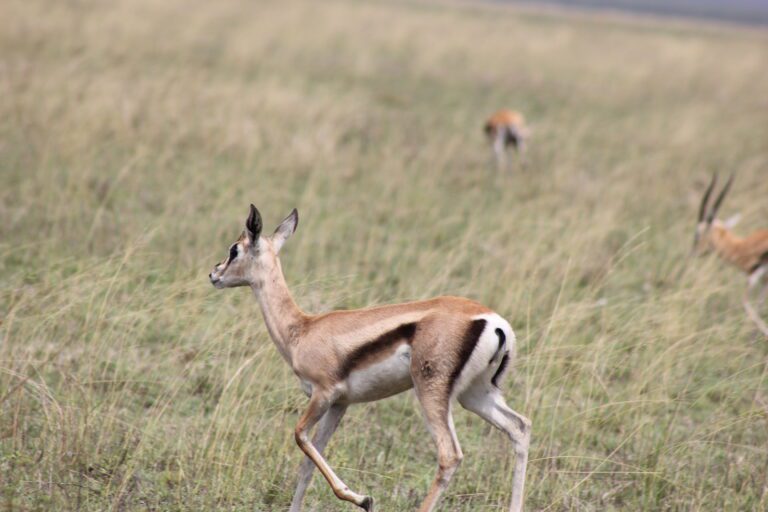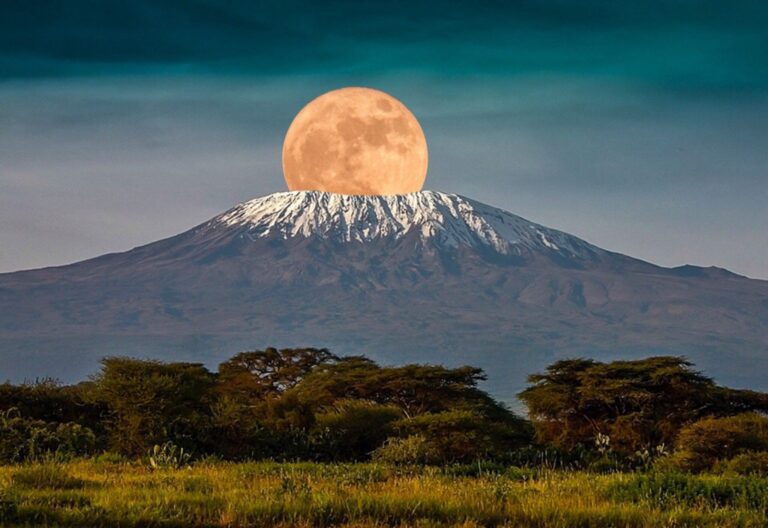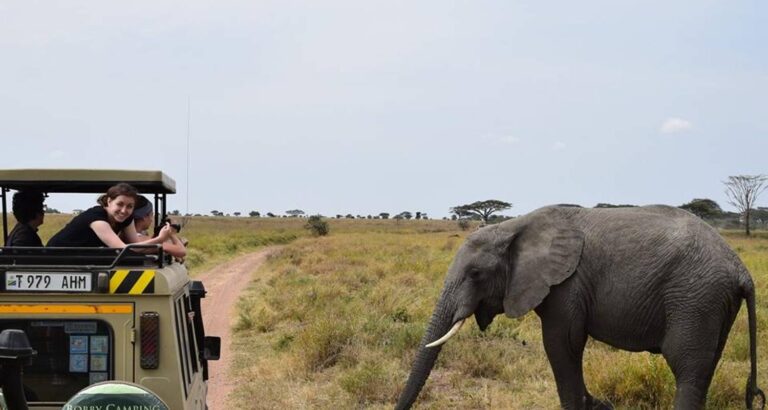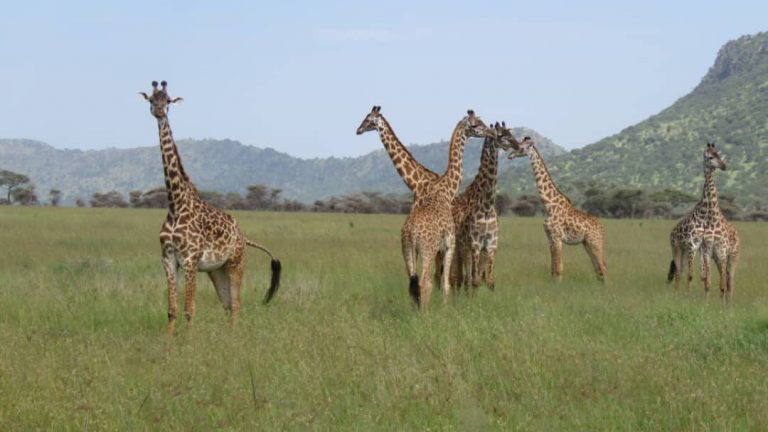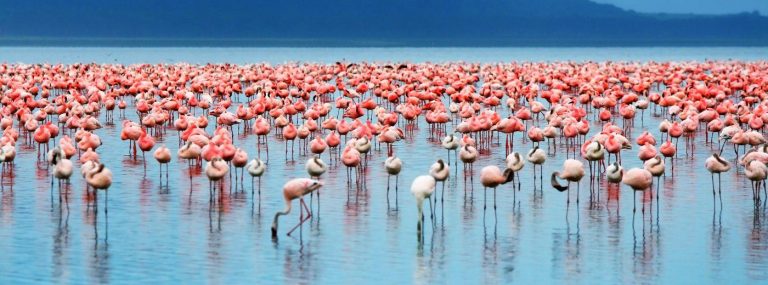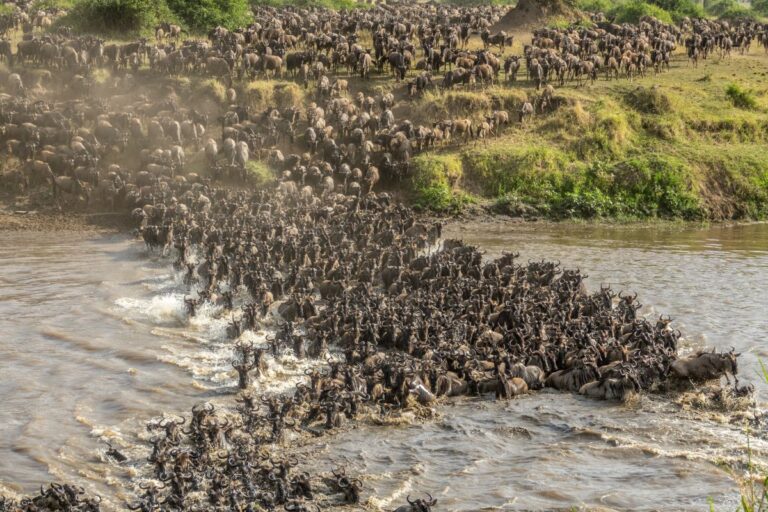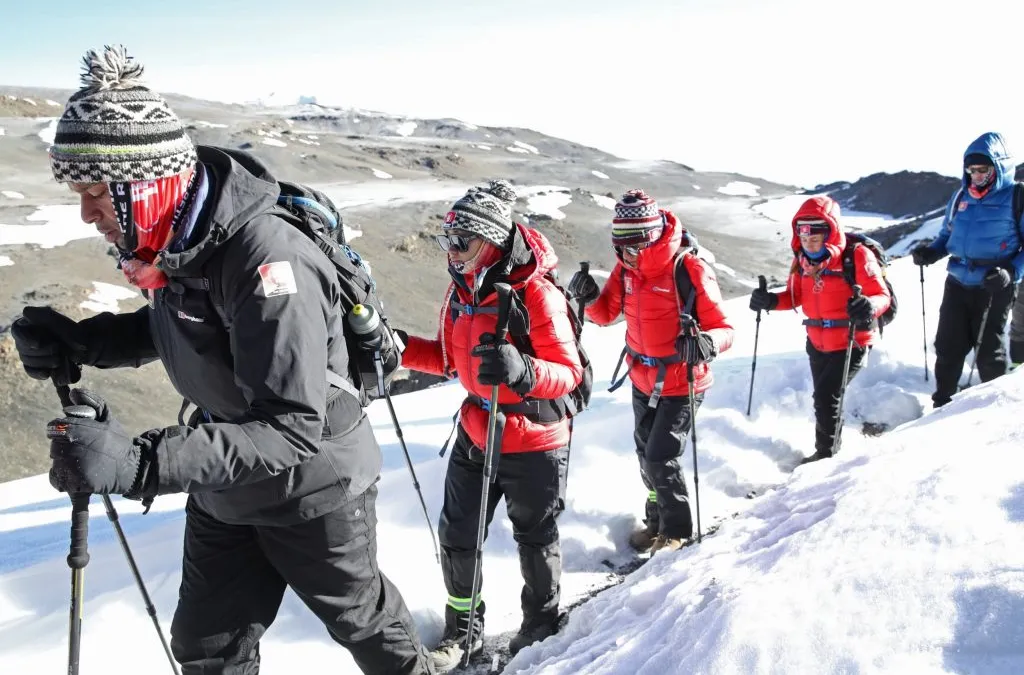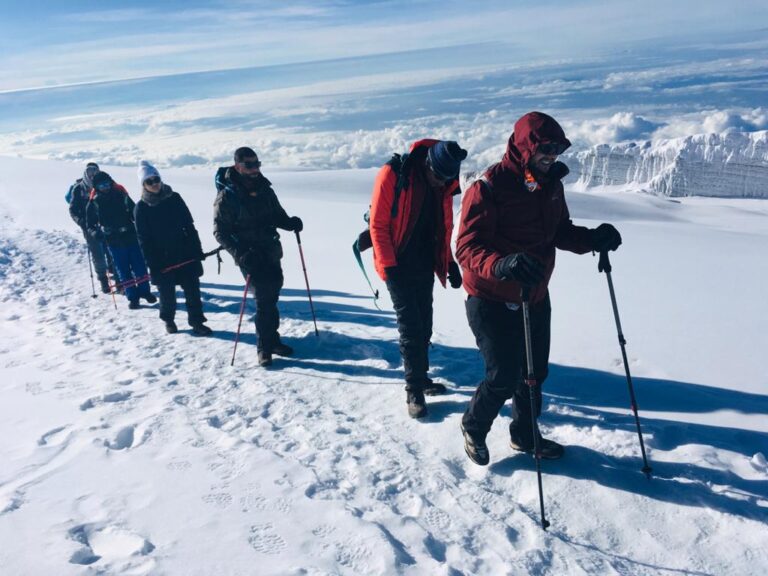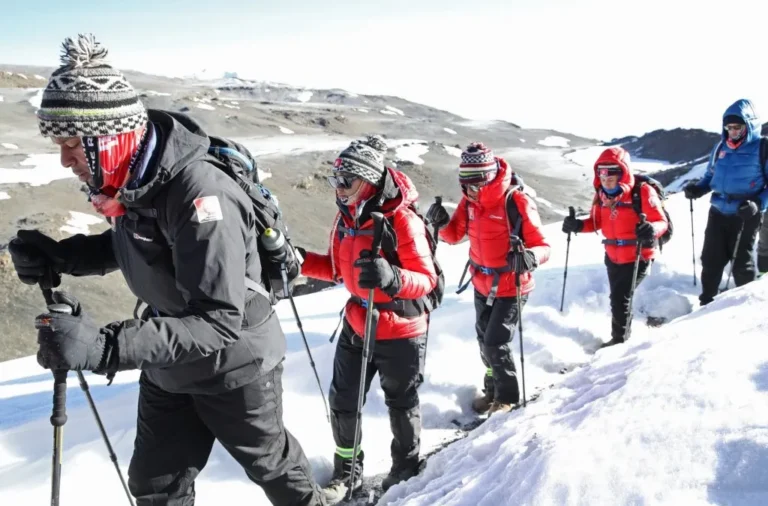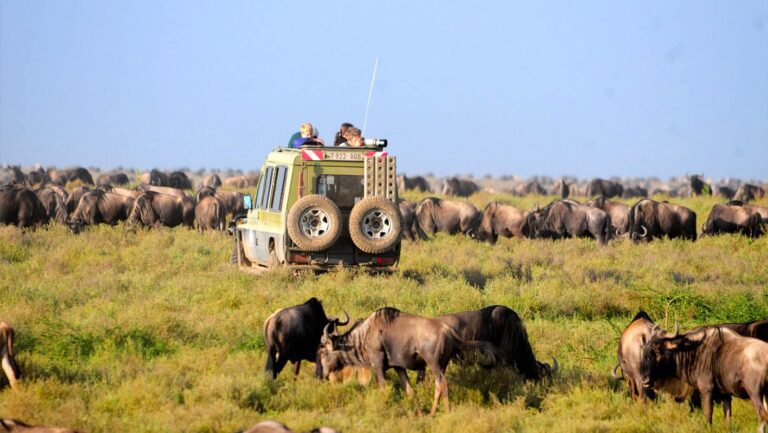How long does it take to climb mount kilimanjaro?
People always keep asking themselves “How long does it take to climb mount kilimanjaro?”
Mount Kilimanjaro is the highest peak in Africa, standing at an elevation of 5,895 meters (19,341 feet). Climbing Kilimanjaro is a challenging and rewarding experience, but it requires careful planning and preparation. One of the most common questions asked by those considering a climb is: how long does it take to climb Mount Kilimanjaro?
The duration of a Kilimanjaro climb varies depending on the route you choose and the speed at which you climb. Most climbers take between five and nine days to complete the climb. The most popular routes, the Marangu and Machame routes, typically take five to seven days to climb. The longer routes, such as the Lemosho and Northern Circuit routes, take seven to nine days to climb.
The longer routes are generally considered to be more scenic and less crowded, with better acclimatization opportunities. However, they also require more time and effort, as they cover more distance and involve more steep ascents and descents.
The duration of a Kilimanjaro climb is also affected by the altitude of the climb. Climbing too quickly can lead to altitude sickness, which can be dangerous. Therefore, most climbers choose to take their time and acclimatize properly, allowing their bodies to adjust to the high altitude.
It is also important to note that the duration of a Kilimanjaro climb can vary depending on the weather conditions. Climbing during the rainy season, which runs from March to May and October to December, can be more challenging and may require more time.
Overall, the duration of a Kilimanjaro climb is highly dependent on individual factors such as fitness level, altitude tolerance, and acclimatization. Climbers should choose a route and itinerary that is appropriate for their individual needs and abilities.
In summary, climbing Mount Kilimanjaro can take anywhere from five to nine days, depending on the route and the speed of the climb. The longer routes generally provide better acclimatization opportunities but require more time and effort. The duration of the climb is also affected by individual factors such as fitness level and altitude tolerance, as well as weather conditions. Ultimately, climbers should choose a route and itinerary that is appropriate for their individual needs and abilities, and allow enough time to acclimatize properly.

